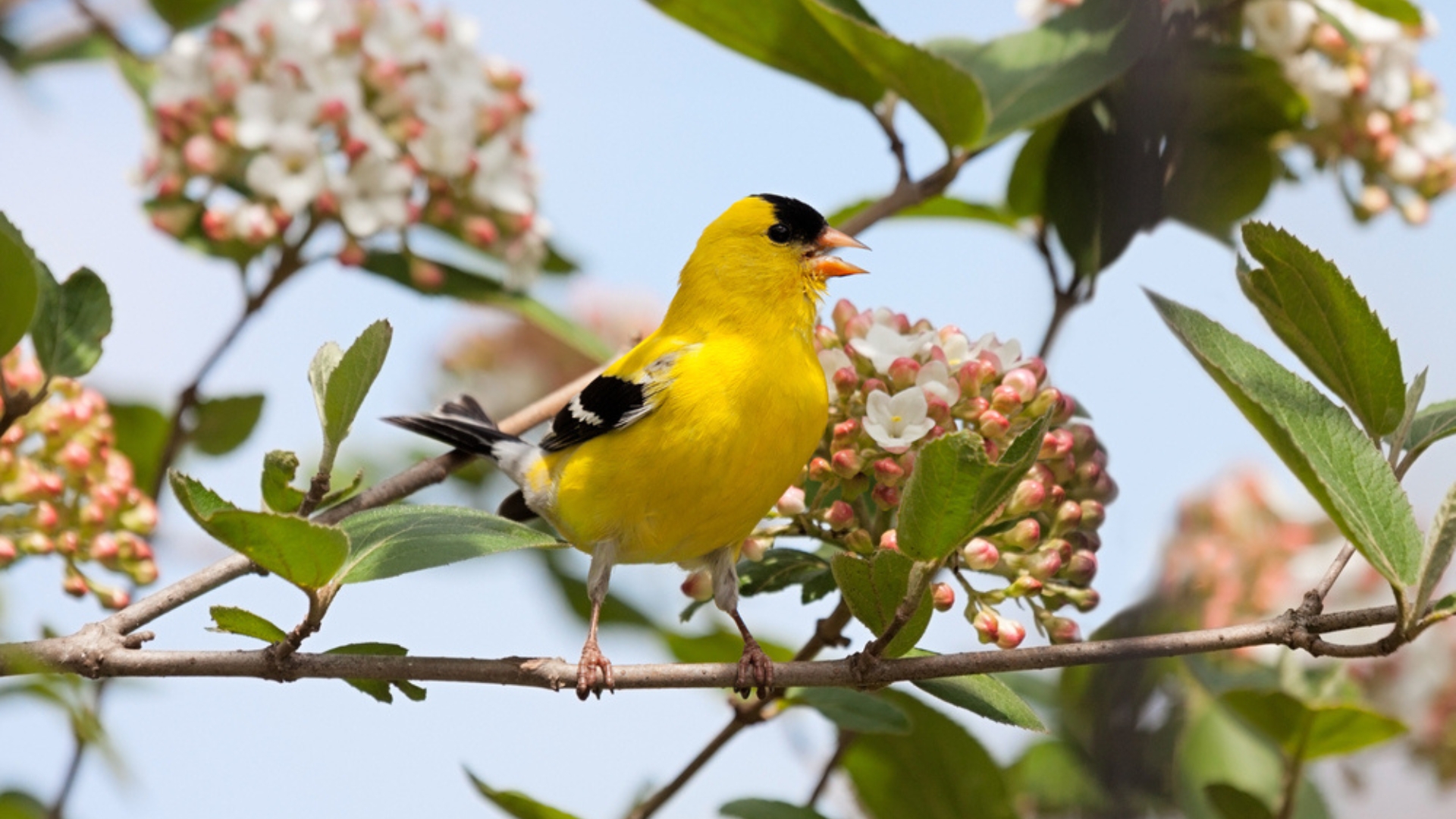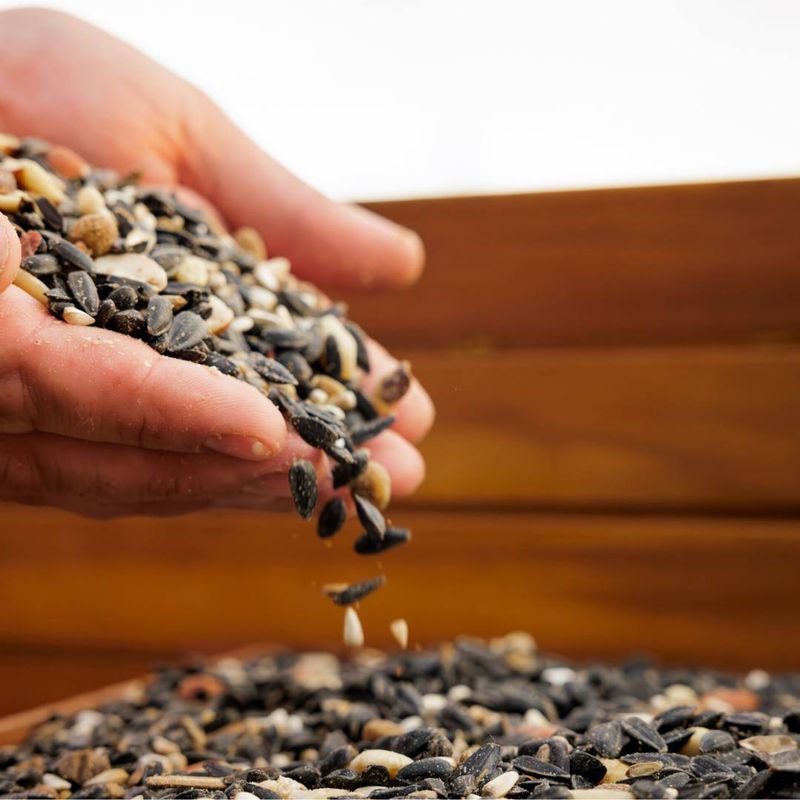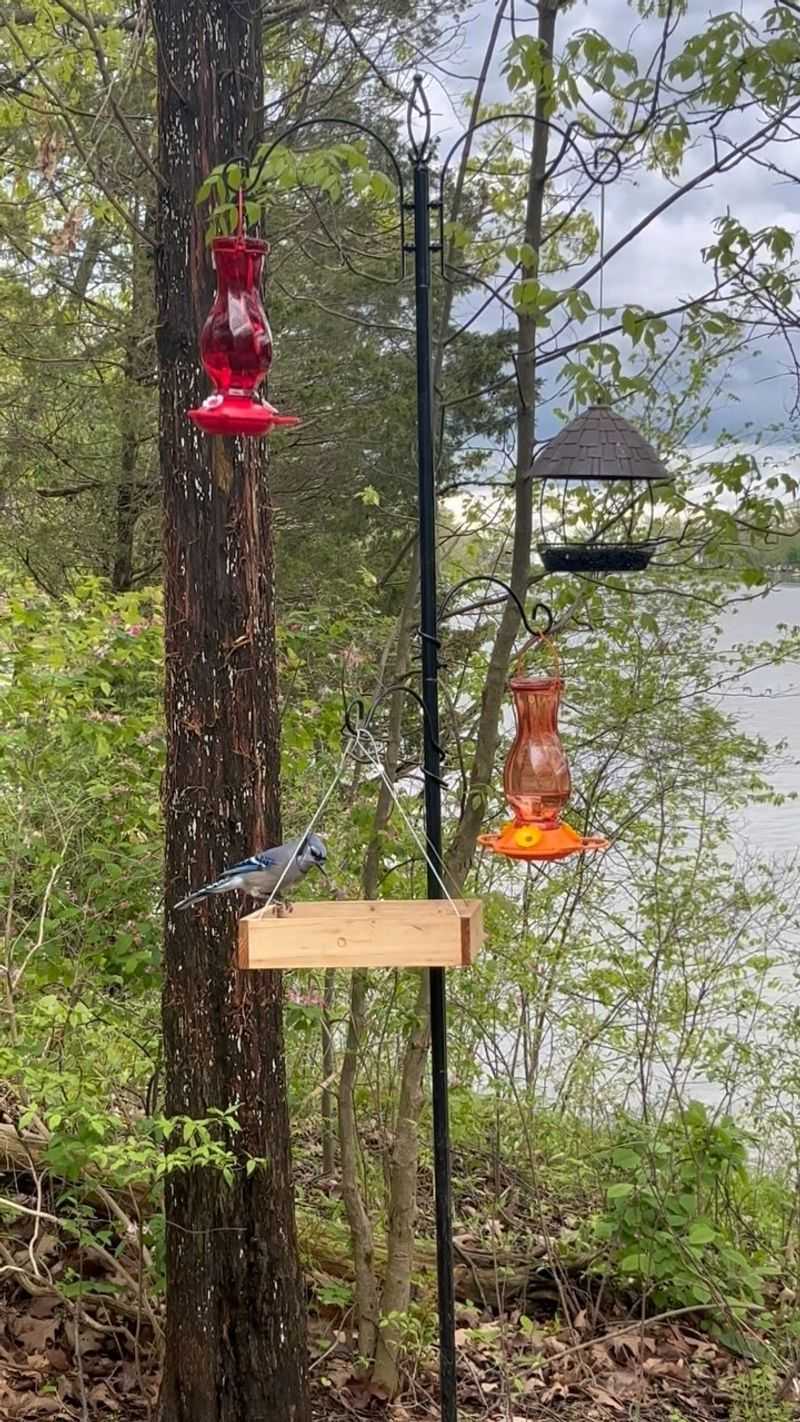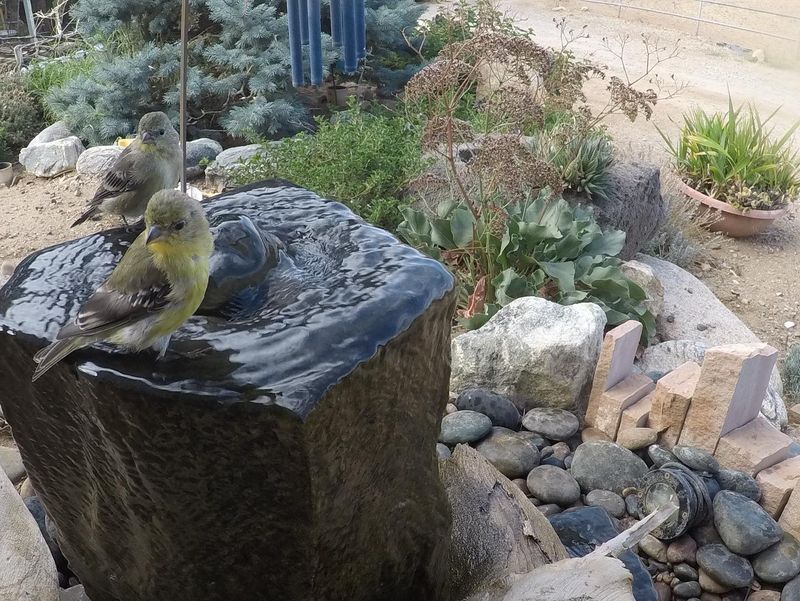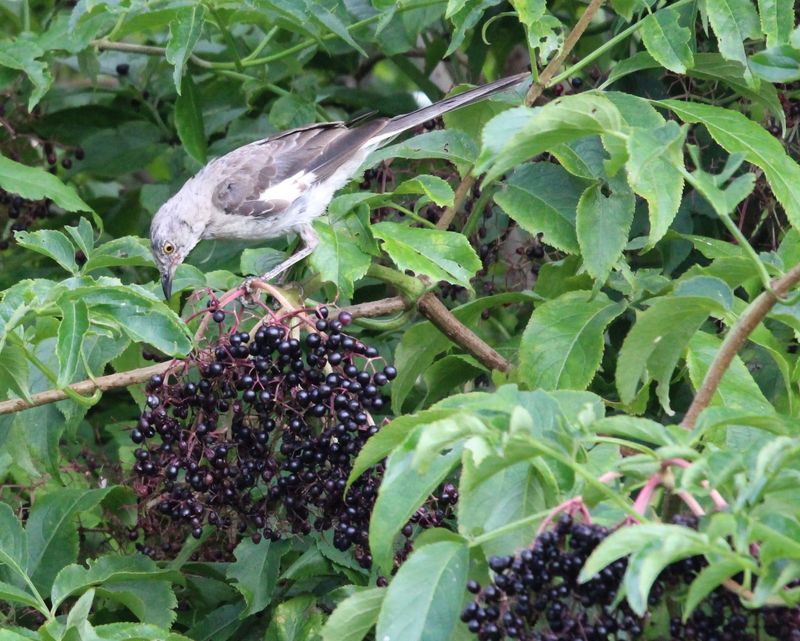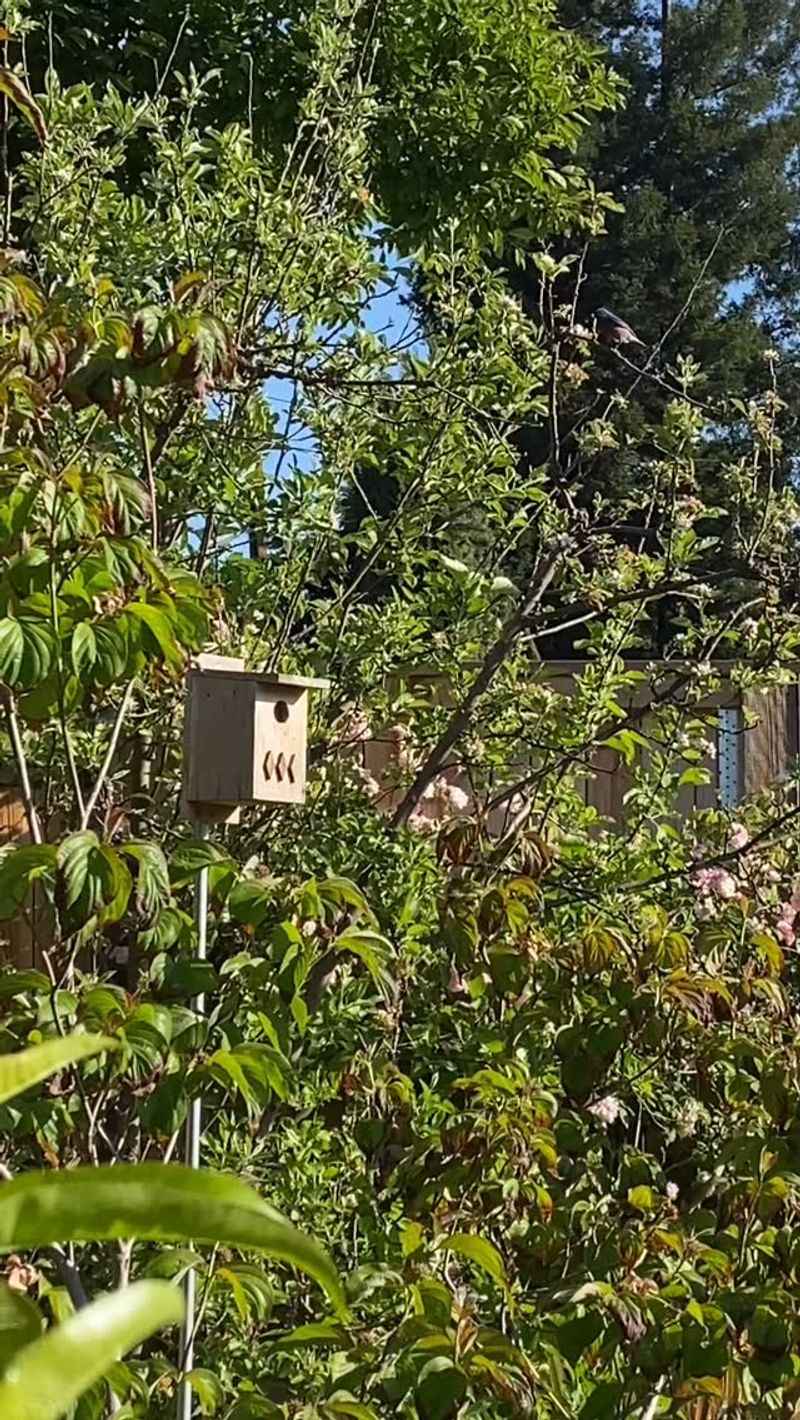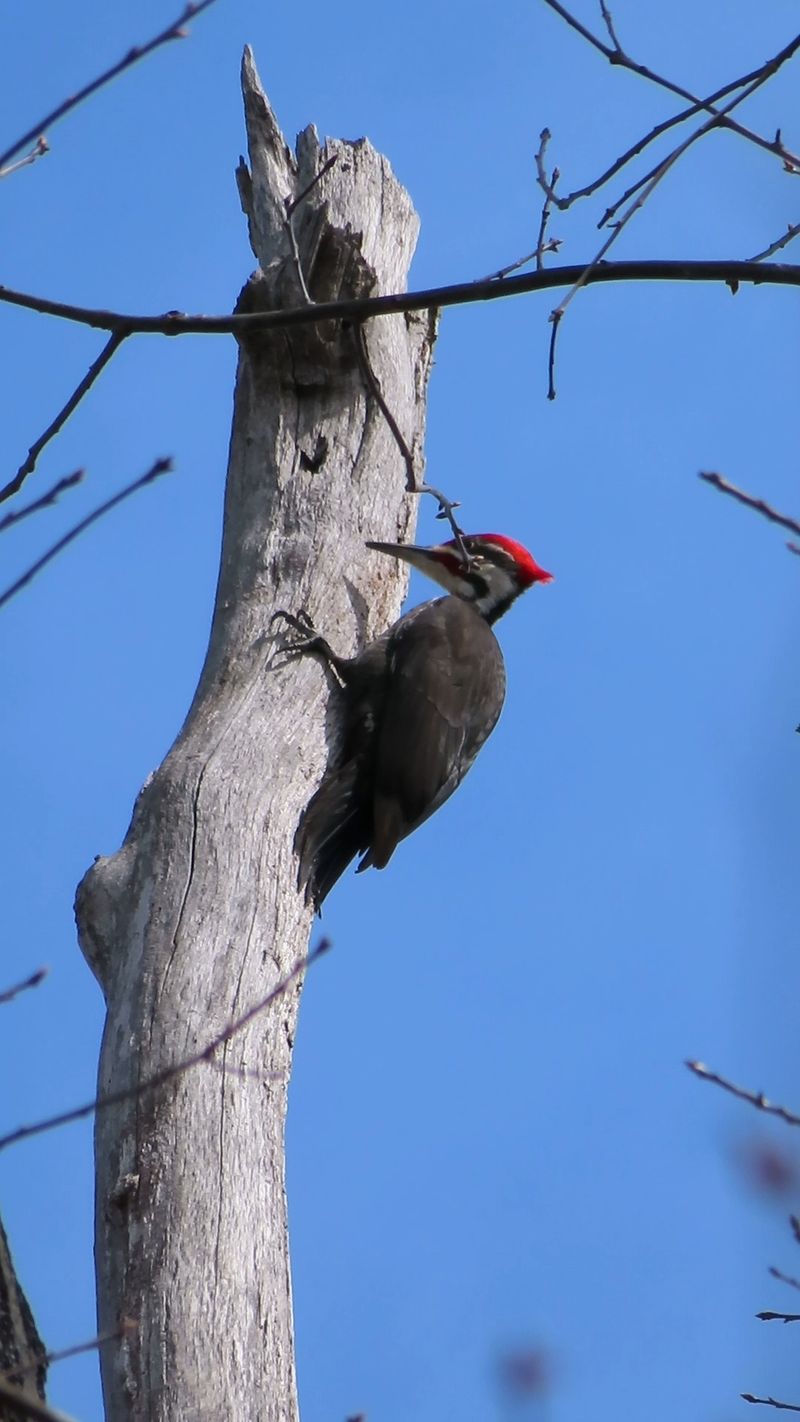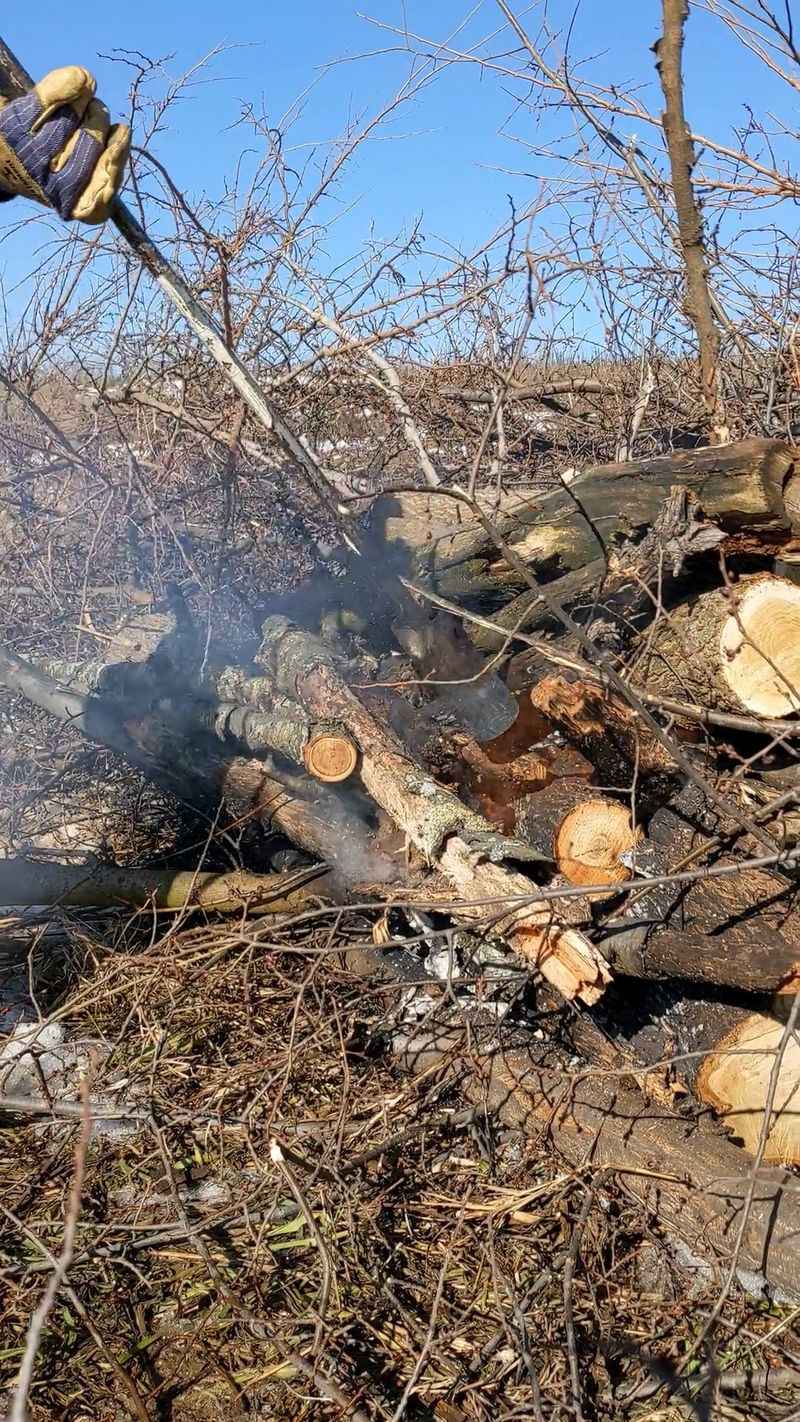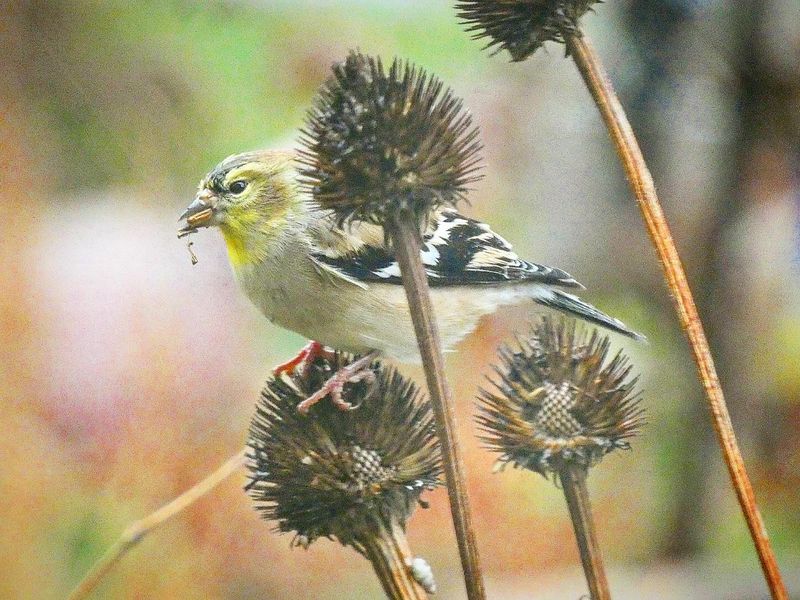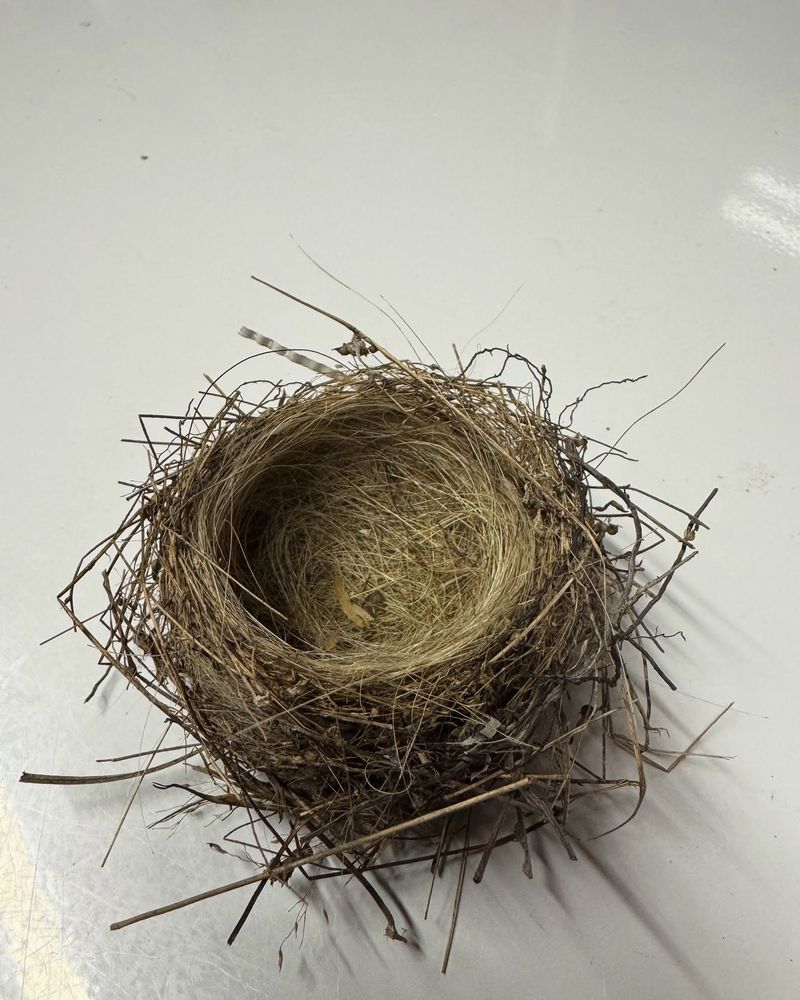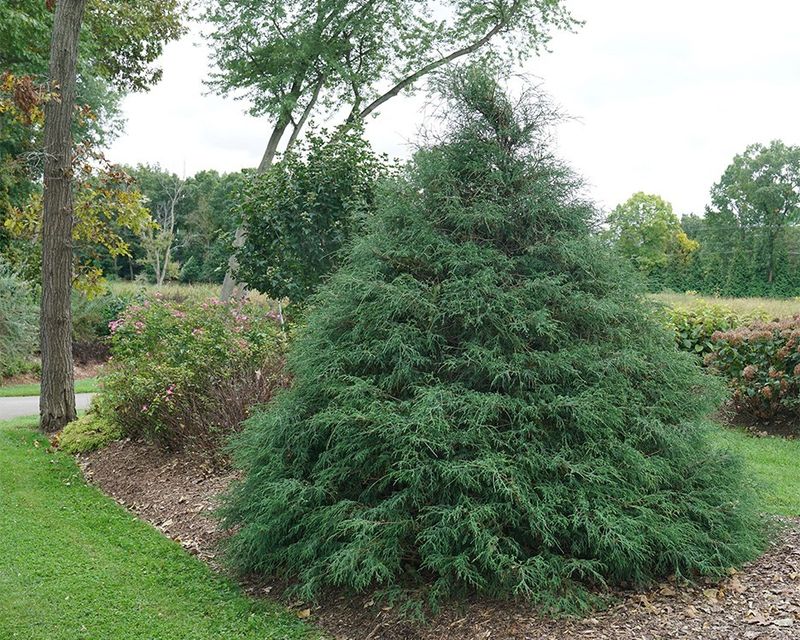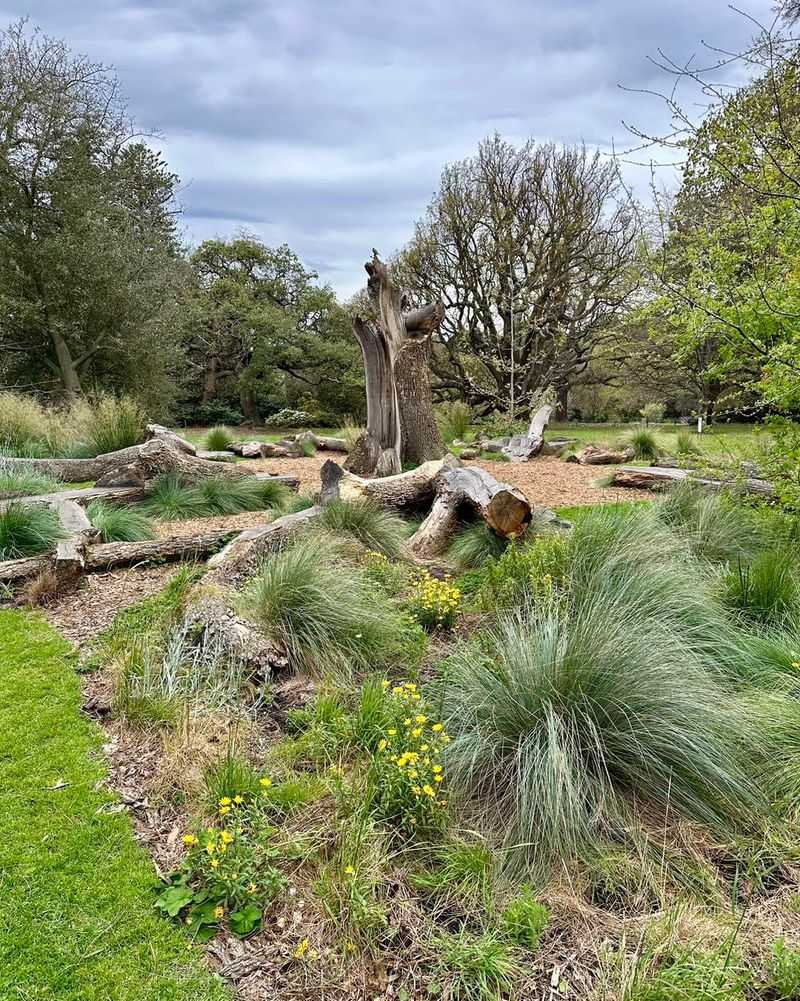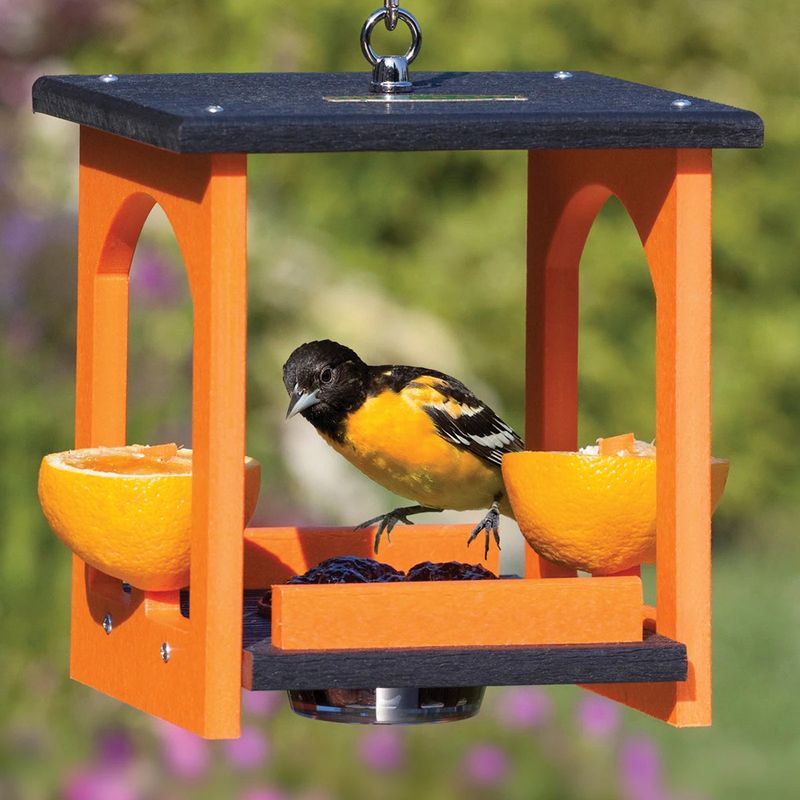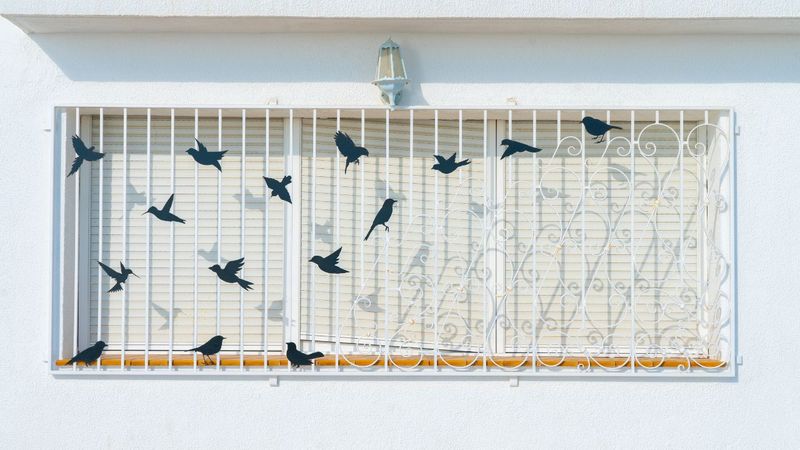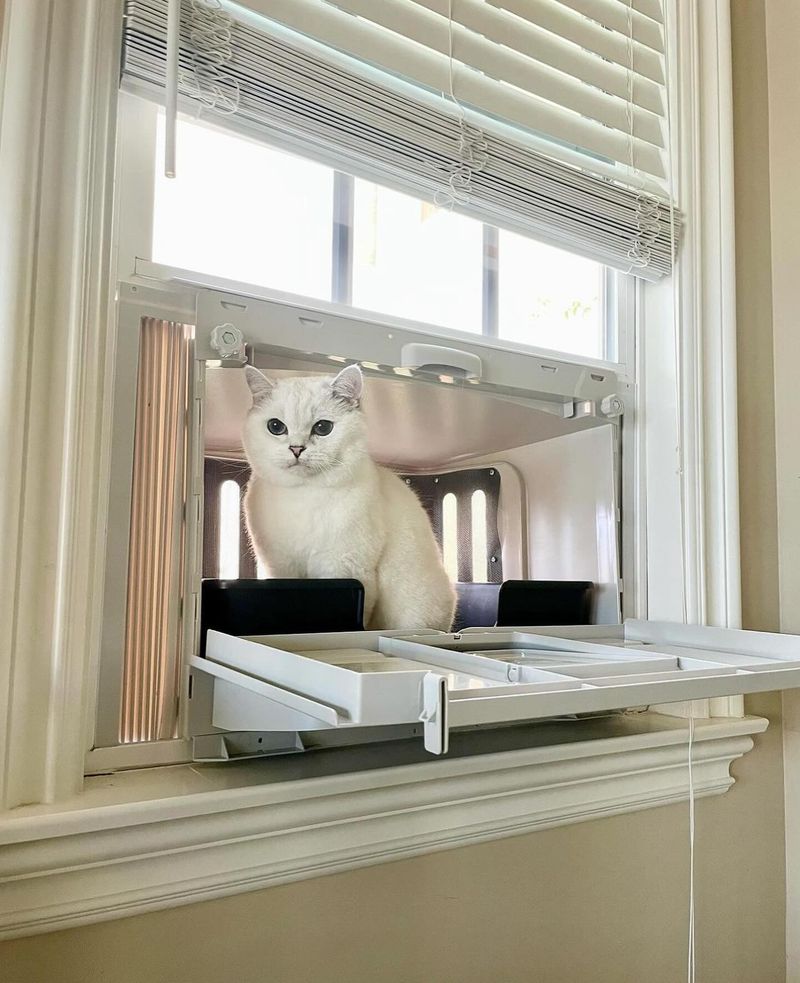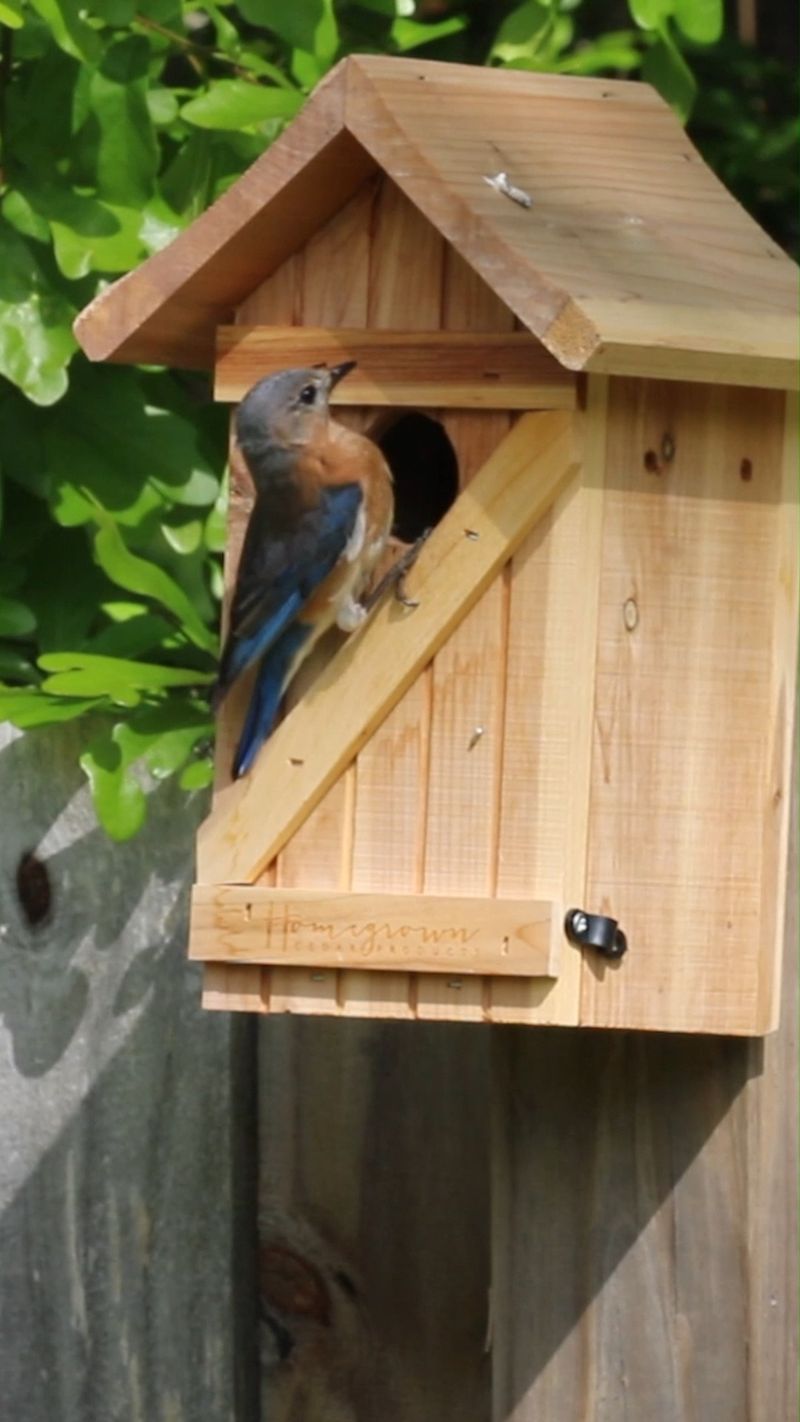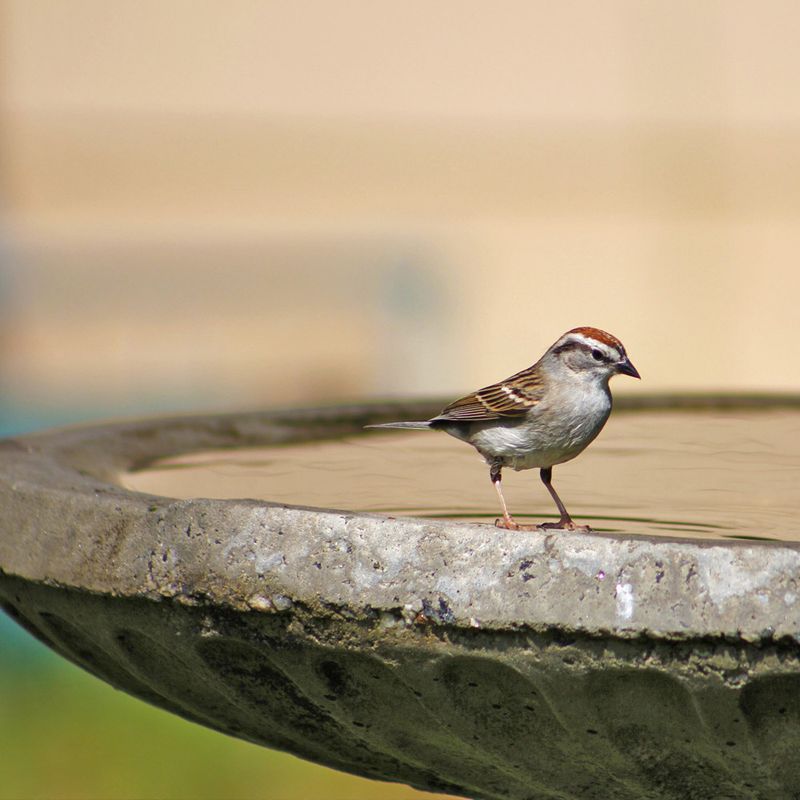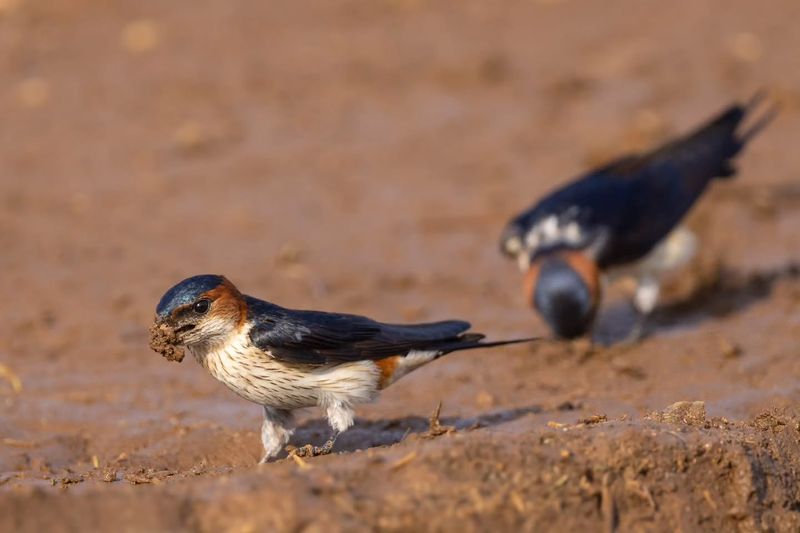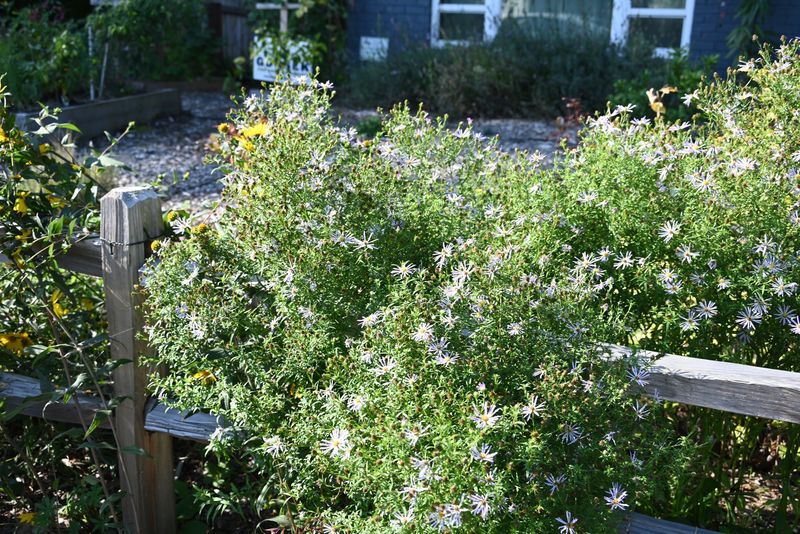Turning your yard into a bird paradise is easier than you might think! By creating a welcoming environment with the right food, water, and shelter, you can enjoy watching dozens of different bird species right from your window.
Bird-watching brings joy and connects us with nature in our own backyards.
1. Offer Various Seed Types
Black-oil sunflower seeds attract cardinals, chickadees, and finches, while nyjer seeds are irresistible to goldfinches. Millet brings in sparrows and juncos that prefer feeding on the ground.
Mix up your seed offerings throughout the year to appeal to seasonal visitors. Some birds that wouldn’t stop for sunflower seeds might flock to your yard for safflower or peanuts.
Having multiple seed types available simultaneously creates a buffet effect that makes your yard a top destination for diverse feathered friends.
2. Install Multiple Feeder Styles
Platform feeders invite larger birds like jays and doves while keeping seeds dry for everyone. Tube feeders with small perches attract finches and chickadees but discourage bigger birds and squirrels.
Suet cages bring in woodpeckers, nuthatches, and other insect-eaters that might never visit seed feeders. Hummingbird feeders, of course, are designed specifically for these tiny jewel-toned visitors.
Placing different feeder types at various heights creates feeding zones that accommodate birds with different comfort levels and feeding habits.
3. Create a Water Feature
Moving water attracts birds from surprisingly far away – they can hear the splashing sounds that signal fresh water. A simple birdbath with a solar bubbler or small fountain attachment works wonders.
Many birds that never visit feeders will stop by for a drink or bath. During winter, a heated birdbath becomes an essential resource when natural water sources freeze.
Keep water features clean and fresh by changing the water every few days and scrubbing occasionally with a brush to remove algae buildup.
4. Plant Native Berry Bushes
Serviceberry, elderberry, and dogwood shrubs produce fruits that wild birds absolutely love. Unlike store-bought bird food, these natural options provide seasonal nutrition exactly when birds need it most.
Robins, waxwings, and thrushes often appear when berries ripen, bringing their beautiful colors and songs. Native berry plants also support local insect populations that serve as food for baby birds during nesting season.
Research which berry-producing plants are native to your specific region for the most successful bird attraction.
5. Ditch the Chemicals
Chemical-free yards support healthy insect populations that feed birds and their babies. Many birds, including bluebirds and warblers, primarily eat insects rather than seeds or fruit.
Pesticides can harm birds directly or contaminate their food and water sources. Even herbicides reduce the diversity of plants that might attract different bird species to your yard.
Consider embracing a slightly wilder, more natural yard with some beneficial weeds that support insect life and provide natural bird food.
6. Leave Dead Trees Standing
Woodpeckers, chickadees, and nuthatches love dead trees (snags) for both food and nesting sites. They drill into the soft wood to extract insects and create cavity nests that other birds later use.
If safety concerns allow, keep dead tree trunks at least 6 feet tall. When a tree must be removed completely, consider installing nest boxes to replace the lost habitat.
A single snag can host multiple bird families and provide perching spots for hawks, owls, and other birds that prefer high lookout points.
7. Create Brush Piles
Stacking fallen branches and garden trimmings into loose piles creates instant shelter for ground-dwelling birds. Wrens, sparrows, and towhees feel safe foraging around and within these natural hideaways.
Brush piles also support insects and small creatures that birds eat. During winter, these structures provide critical protection from harsh weather and predators.
Position your brush pile where you can observe it from a window but not so close to your house that it becomes a pest concern.
8. Grow Native Grasses and Wildflowers
Goldfinches, indigo buntings, and sparrows feast on native grass and flower seeds. Leaving these plants standing through fall and winter provides natural bird food during scarce times.
The tall stalks offer perching spots and nesting material in spring. Many butterflies and moths – whose caterpillars feed baby birds – depend specifically on native plants to complete their life cycles.
Even a small patch of native prairie plants will attract birds that might never visit traditional feeders, adding diversity to your backyard bird community.
9. Provide Nesting Materials
Hang mesh bags filled with natural fibers like pet fur, wool yarn scraps, or cotton to help birds build cozy nests. Hummingbirds particularly love collecting spider silk and fluffy plant materials for their tiny nests.
Avoid synthetic materials, dryer lint, or human hair which can harm birds. Setting out small pieces of dried grass, twigs, and pine needles in spring helps birds that prefer these natural building supplies.
Watching birds collect your offerings provides fascinating insights into their nesting behaviors and preferences.
10. Add Coniferous Trees and Shrubs
Evergreens provide year-round shelter and wind protection that birds desperately need. Pine siskins, chickadees, and kinglets particularly favor these trees for roosting during cold nights.
The dense branches create safe nesting spots while the seeds and cones feed many species. During migration, warblers often stop to rest and feed in evergreens where they can find insects hidden in the needles.
Even one or two evergreen shrubs strategically placed near feeding areas creates a safer environment that attracts more cautious bird species.
11. Maintain Different Habitat Layers
Birds use different heights for feeding, nesting, and safety. Ground-feeding juncos and towhees need low shrubs nearby for quick escape, while catbirds and thrashers prefer dense middle-story shrubs.
Canopy-dwelling warblers and tanagers need tall trees but will visit lower levels if they feel secure. Creating a yard with vegetation at multiple heights – from ground covers to tall trees – accommodates the widest variety of birds.
Each additional habitat layer you add potentially doubles the bird diversity your yard can support.
12. Offer Specialty Foods
Orange halves attract orioles and tanagers that rarely visit seed feeders. Mealworms (live or dried) bring in bluebirds, wrens, and other insect-eaters that might otherwise bypass your yard.
Grape jelly proves irresistible to orioles and catbirds. Offering chopped fruits like apples and grapes can attract mockingbirds and thrashers, especially during migration or nesting season when they need extra energy.
Specialty foods work best when offered in dedicated feeders designed for these specific treats.
13. Reduce Window Collisions
Window strikes kill millions of birds annually. Applying window decals, screens, or strings hanging in front of glass helps birds recognize barriers.
Place feeders either within three feet of windows so birds can’t build up fatal momentum, or more than 30 feet away so they don’t associate windows with flight paths. External window screens provide excellent collision protection while maintaining your view.
Closing blinds or curtains when possible reduces reflections that confuse birds about where they can safely fly.
14. Keep Cats Indoors
Outdoor cats kill billions of birds annually in the United States alone. Even well-fed cats hunt by instinct, not hunger.
Birds quickly abandon yards where they spot predators regularly. Creating a truly bird-friendly yard means keeping cats indoors or in outdoor enclosures called “catios” where they can safely enjoy fresh air without threatening wildlife.
If neighborhood cats visit your yard, consider motion-activated sprinklers or other humane deterrents to create a safer space for birds.
15. Install Nest Boxes
Different bird species need specific nest box dimensions and mounting heights. Bluebirds prefer boxes in open areas, while chickadees like woodland edges.
Research proper specifications for birds in your region before installing. Clean boxes annually during late winter before nesting season begins to remove old nesting material and parasites.
Monitor boxes weekly during nesting season to track success and prevent invasive species like house sparrows from taking over. Properly placed nest boxes can attract species that would otherwise never visit your yard.
16. Provide Year-Round Water
During freezing weather, birds struggle to find drinking water. Heated bird baths or water heaters added to existing baths become incredibly attractive to winter birds.
In summer, misters and drippers create moving water that birds can spot from high above. Many migrants like warblers appear seemingly out of nowhere when water is available during dry periods.
Position water features near shrubs or trees so birds have quick escape routes, but not so close that predators can hide nearby.
17. Create Mud Puddles
Barn swallows and phoebes need mud to construct their nests. Creating a small area of consistently damp soil gives these aerial insect-eaters essential building materials.
Simply keep a patch of bare soil moist during spring nesting season. Other birds use mud puddles for drinking, bathing, and collecting minerals not available in their regular diet.
The area doesn’t need to be large – even a pie pan sunk into the ground and filled with soil and water creates a perfect mud source.
18. Reduce Lawn, Increase Diversity
Traditional lawns offer little to birds compared to diverse plantings. Converting even small sections of lawn to wildflowers, shrubs, or garden beds dramatically increases food sources and shelter.
Birds find more insects, seeds, and berries in varied plantings. Native plant gardens require less maintenance and water than lawns while supporting significantly more wildlife.
Start small by replacing lawn edges along fences or in corners with native plant groupings, gradually expanding as you see increased bird activity.

